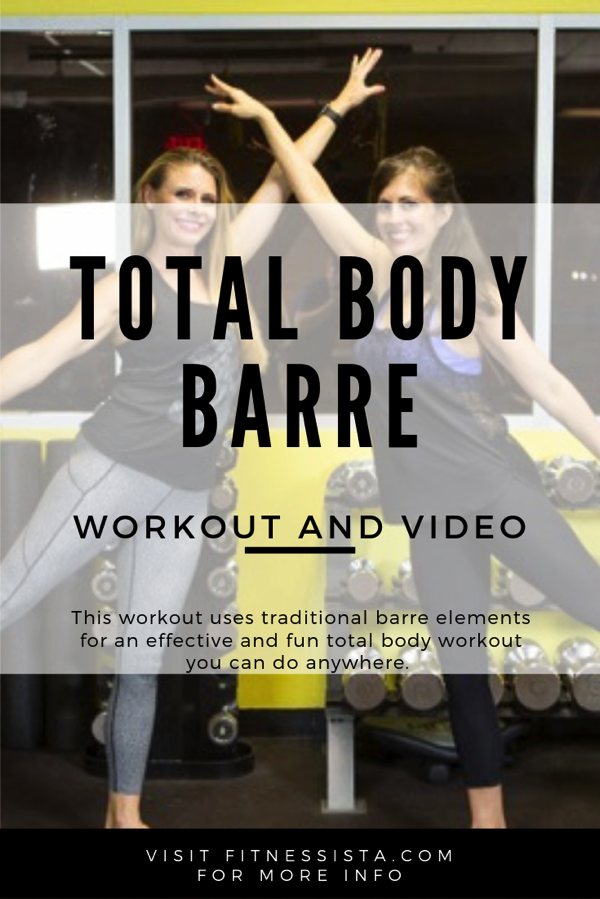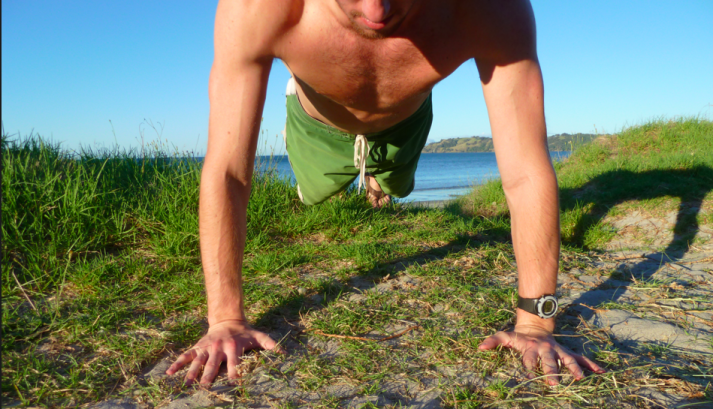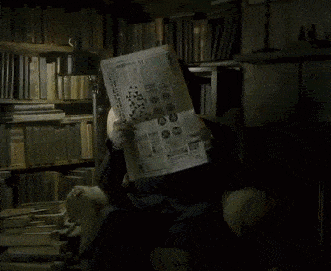JUST LIKE RIDING A BIKE!
Road biking through undulating vineyard topography, and during the more stationary moments, unwinding at the glorious Château St. Pierre de Serjac; as far as active press trips go, this was set up to be highly compelling! In the event, it was *so* compelling that...


